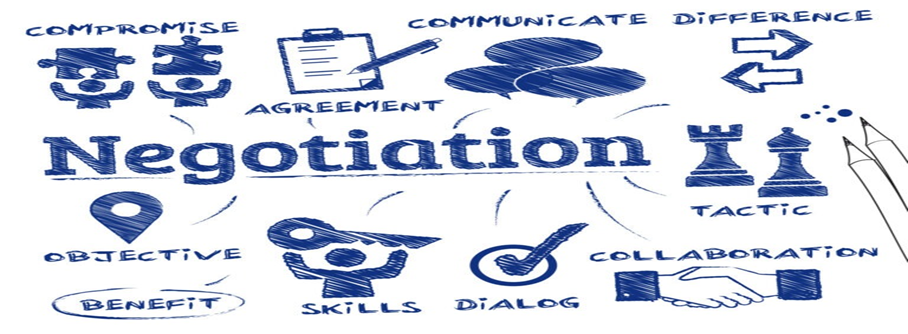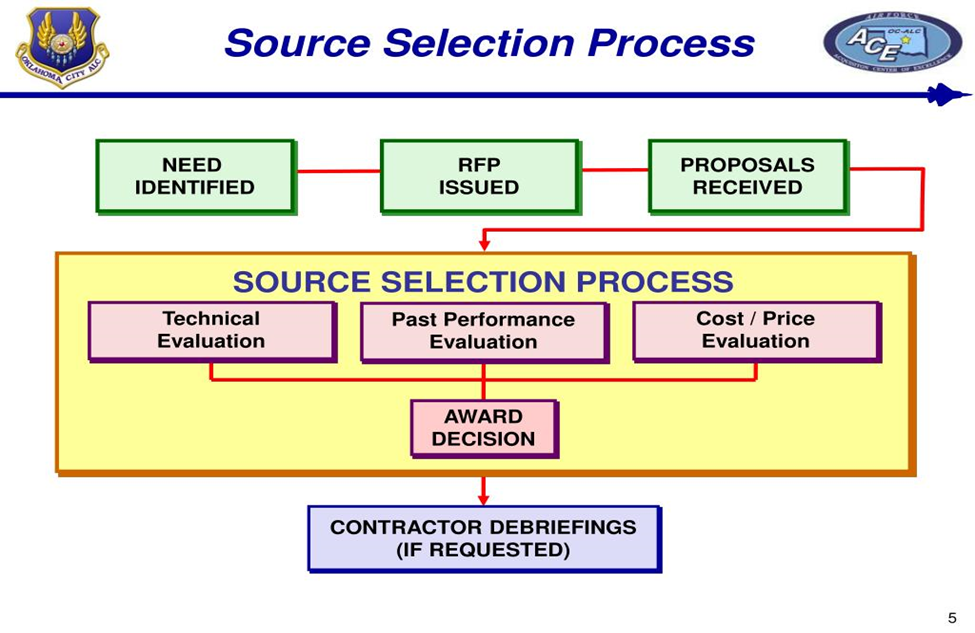4: Award
- Page ID
- 22910
\( \newcommand{\vecs}[1]{\overset { \scriptstyle \rightharpoonup} {\mathbf{#1}} } \)
\( \newcommand{\vecd}[1]{\overset{-\!-\!\rightharpoonup}{\vphantom{a}\smash {#1}}} \)
\( \newcommand{\id}{\mathrm{id}}\) \( \newcommand{\Span}{\mathrm{span}}\)
( \newcommand{\kernel}{\mathrm{null}\,}\) \( \newcommand{\range}{\mathrm{range}\,}\)
\( \newcommand{\RealPart}{\mathrm{Re}}\) \( \newcommand{\ImaginaryPart}{\mathrm{Im}}\)
\( \newcommand{\Argument}{\mathrm{Arg}}\) \( \newcommand{\norm}[1]{\| #1 \|}\)
\( \newcommand{\inner}[2]{\langle #1, #2 \rangle}\)
\( \newcommand{\Span}{\mathrm{span}}\)
\( \newcommand{\id}{\mathrm{id}}\)
\( \newcommand{\Span}{\mathrm{span}}\)
\( \newcommand{\kernel}{\mathrm{null}\,}\)
\( \newcommand{\range}{\mathrm{range}\,}\)
\( \newcommand{\RealPart}{\mathrm{Re}}\)
\( \newcommand{\ImaginaryPart}{\mathrm{Im}}\)
\( \newcommand{\Argument}{\mathrm{Arg}}\)
\( \newcommand{\norm}[1]{\| #1 \|}\)
\( \newcommand{\inner}[2]{\langle #1, #2 \rangle}\)
\( \newcommand{\Span}{\mathrm{span}}\) \( \newcommand{\AA}{\unicode[.8,0]{x212B}}\)
\( \newcommand{\vectorA}[1]{\vec{#1}} % arrow\)
\( \newcommand{\vectorAt}[1]{\vec{\text{#1}}} % arrow\)
\( \newcommand{\vectorB}[1]{\overset { \scriptstyle \rightharpoonup} {\mathbf{#1}} } \)
\( \newcommand{\vectorC}[1]{\textbf{#1}} \)
\( \newcommand{\vectorD}[1]{\overrightarrow{#1}} \)
\( \newcommand{\vectorDt}[1]{\overrightarrow{\text{#1}}} \)
\( \newcommand{\vectE}[1]{\overset{-\!-\!\rightharpoonup}{\vphantom{a}\smash{\mathbf {#1}}}} \)
\( \newcommand{\vecs}[1]{\overset { \scriptstyle \rightharpoonup} {\mathbf{#1}} } \)
\( \newcommand{\vecd}[1]{\overset{-\!-\!\rightharpoonup}{\vphantom{a}\smash {#1}}} \)
\(\newcommand{\avec}{\mathbf a}\) \(\newcommand{\bvec}{\mathbf b}\) \(\newcommand{\cvec}{\mathbf c}\) \(\newcommand{\dvec}{\mathbf d}\) \(\newcommand{\dtil}{\widetilde{\mathbf d}}\) \(\newcommand{\evec}{\mathbf e}\) \(\newcommand{\fvec}{\mathbf f}\) \(\newcommand{\nvec}{\mathbf n}\) \(\newcommand{\pvec}{\mathbf p}\) \(\newcommand{\qvec}{\mathbf q}\) \(\newcommand{\svec}{\mathbf s}\) \(\newcommand{\tvec}{\mathbf t}\) \(\newcommand{\uvec}{\mathbf u}\) \(\newcommand{\vvec}{\mathbf v}\) \(\newcommand{\wvec}{\mathbf w}\) \(\newcommand{\xvec}{\mathbf x}\) \(\newcommand{\yvec}{\mathbf y}\) \(\newcommand{\zvec}{\mathbf z}\) \(\newcommand{\rvec}{\mathbf r}\) \(\newcommand{\mvec}{\mathbf m}\) \(\newcommand{\zerovec}{\mathbf 0}\) \(\newcommand{\onevec}{\mathbf 1}\) \(\newcommand{\real}{\mathbb R}\) \(\newcommand{\twovec}[2]{\left[\begin{array}{r}#1 \\ #2 \end{array}\right]}\) \(\newcommand{\ctwovec}[2]{\left[\begin{array}{c}#1 \\ #2 \end{array}\right]}\) \(\newcommand{\threevec}[3]{\left[\begin{array}{r}#1 \\ #2 \\ #3 \end{array}\right]}\) \(\newcommand{\cthreevec}[3]{\left[\begin{array}{c}#1 \\ #2 \\ #3 \end{array}\right]}\) \(\newcommand{\fourvec}[4]{\left[\begin{array}{r}#1 \\ #2 \\ #3 \\ #4 \end{array}\right]}\) \(\newcommand{\cfourvec}[4]{\left[\begin{array}{c}#1 \\ #2 \\ #3 \\ #4 \end{array}\right]}\) \(\newcommand{\fivevec}[5]{\left[\begin{array}{r}#1 \\ #2 \\ #3 \\ #4 \\ #5 \\ \end{array}\right]}\) \(\newcommand{\cfivevec}[5]{\left[\begin{array}{c}#1 \\ #2 \\ #3 \\ #4 \\ #5 \\ \end{array}\right]}\) \(\newcommand{\mattwo}[4]{\left[\begin{array}{rr}#1 \amp #2 \\ #3 \amp #4 \\ \end{array}\right]}\) \(\newcommand{\laspan}[1]{\text{Span}\{#1\}}\) \(\newcommand{\bcal}{\cal B}\) \(\newcommand{\ccal}{\cal C}\) \(\newcommand{\scal}{\cal S}\) \(\newcommand{\wcal}{\cal W}\) \(\newcommand{\ecal}{\cal E}\) \(\newcommand{\coords}[2]{\left\{#1\right\}_{#2}}\) \(\newcommand{\gray}[1]{\color{gray}{#1}}\) \(\newcommand{\lgray}[1]{\color{lightgray}{#1}}\) \(\newcommand{\rank}{\operatorname{rank}}\) \(\newcommand{\row}{\text{Row}}\) \(\newcommand{\col}{\text{Col}}\) \(\renewcommand{\row}{\text{Row}}\) \(\newcommand{\nul}{\text{Nul}}\) \(\newcommand{\var}{\text{Var}}\) \(\newcommand{\corr}{\text{corr}}\) \(\newcommand{\len}[1]{\left|#1\right|}\) \(\newcommand{\bbar}{\overline{\bvec}}\) \(\newcommand{\bhat}{\widehat{\bvec}}\) \(\newcommand{\bperp}{\bvec^\perp}\) \(\newcommand{\xhat}{\widehat{\xvec}}\) \(\newcommand{\vhat}{\widehat{\vvec}}\) \(\newcommand{\uhat}{\widehat{\uvec}}\) \(\newcommand{\what}{\widehat{\wvec}}\) \(\newcommand{\Sighat}{\widehat{\Sigma}}\) \(\newcommand{\lt}{<}\) \(\newcommand{\gt}{>}\) \(\newcommand{\amp}{&}\) \(\definecolor{fillinmathshade}{gray}{0.9}\)Award (Cost and Price Anaylsis)
The first thing to understand is that” “cost” analyses and “price” analyses are not synonymous terms. Cost analyses and price analyses are two unique
methods of projecting costs for projects and programs.
Cost analysis is the review and evaluation of any separate cost element and profit or fee in an offeror's or contractor's proposal, as needed, to
determine a fair and reasonable price or to determine cost realism.
A “price” analysis” is an evaluation of the offeror's price relative to the prices being offered by other vendors and being paid by the general public for
the same or similar items.
The pricing section should be short, simple and to the point and present an accurate price for the product/service offered in the detailed specification
or the work described in the Technical Volume of the proposal.
Award (Negotiations)
Negotiated RFP means a Request for Proposal which allows for consecutive or concurrent negotiations to be conducted with Bidders on any of the
contract terms including, but not limited to, the technical specifications, commercial terms and/or prices following the process outlined in the Request
for Proposal (See FAR Part 15 for further details).
The primary objective of the Government’s discussions is to maximize the it’s ability to obtain best value, based on the requirement and the evaluation
factors set forth in the solicitation.
Contract negotiations are a necessary part of any business agreement.

In truth, the purpose of contract negotiations for the Contractor/Subcontractor is to ensure that compensation is fair for the value you provide.
The negotiation process requires the use of various methods which should be adjusted to meet the need at hand. Following are a few suggestions to keep in mind:
1. Determine What’s at Stake and Prioritize Your Goals
When entering a negotiation, come to the table with a clear idea of what you need to get out of the interaction and why. Having a plan will also help
you determine which concessions you’re willing to make, and which terms are not up for debate. If you find yourself tempted to settle at any point,
your priorities can be a helpful reminder to stand firm.
2. Know Who’s At the Table
As stated by NOLO, “The party with more information usually has more leverage.”There’s a reason why “Knowledge is power” is a statement that has
been quoted a myriad of times throughout history. Getting to know the organization or individuals you’re meeting with will go a long way towards helping your
negotiation run smoothly. Arm yourself with information on the other party’s goals and interests, to be better prepared for any arguments they might throw your way.
Additionally, you’ll have a better idea of what they can realistically offer you, allowing you to ensure that your proposals are feasible.
3. Break the Negotiation Down Into Parts
The fastest way for a negotiation to stop cold is when too much is on the table at once. Ramping up to ultimatums and all-or-nothing offers gives you
very little room for debate and makes it unlikely that you’ll find an agreeable compromise. When faced with such a scenario, the key is to break it
down into smaller, more manageable parts.
4. Keep It Professional
When conflict arises, unregulated tempers can very quickly escalate the situation, resulting in people’s frustrations emerging in the form of personal
insults or attacks.
Avoid taking such interactions to heart. Responding in equal measure will simply make matters worse. Instead, put your efforts into diffusing the
situation and getting at the root of the issue. Arguments based on research instead of opinions are much more convincing, harder to refute, and will ultimately do a
better job of supporting your case.
5. Don’t Get Discouraged By the First Offer You Get
Remember, this is a negotiation. If you don’t like the offer, don’t accept it. The first offer you receive is nothing more than a starting point, and if it’s
substantially different than what you were looking for, put your energy into understanding why. Is the other party subject to more limitations than you’d initially
assumed? Did they perhaps misunderstand your request? As Entrepreneur.com points out, “If you n’t understand something, ask for clarification. If you don’t agree, ask to discuss the point.”
6. Adjust Your Strategy to the Situation
There are many different approaches you can take when negotiating a contract/subcontract.
• You could point out that your requests are in line with current standards and are not unusual or excessive.
• You could prepare certain concessions you’re willing to make to allow the other party to feel like they’re getting the better end of the deal.
• You could focus solely on showing how this agreement will be beneficial to the other party in terms of long-term profits.
Each of these examples can be extremely successful in the right context, but they can also backfire if applied to the wrong situation.
Award (Source Selection)

In the source selection process of a competitive procurement, proposals are examined against the requirements, facts, recommendations, and
government policy relevant to an award decision, and, in general, the best value proposal is selected.
Emphasis is placed on the process, making sure that both government and industry have a clear understanding of what is needed and what is offered.
The Government Accountability Office (GAO) has reviewed many protests over the years, and two main reasons for protest sustainment are that the
government did not follow its own process and/or did not quantify the value of a higher priced offer from the low-priced offer. The proposal technical
evaluation is a critical aspect of this process, and it is driven by the need to understand the technical, cost, and schedule risks presented in each
proposal.
Evaluation of bids in response to RFQs for commodity items and services is heavily graded for price. In most cases, the lowest total price will win the
contract. The total price will include the costs of the goods or services, any shipping or delivery costs, the value of any warranties, and any additional
service that adds value to the project.
The evaluation of bids based on RFPs is more complex. The evaluation of proposals includes the price and also an evaluation of the technical
approach chosen by the bidder. The project team evaluating the proposal must include people with the expertise to understand the technical aspects
of the various proposal options and the value of each proposal to the project. On more complex projects, the administrative part of the proposal is
evaluated and scored by one team, and the technical aspect of the proposal is evaluated by another team. The project team combines the two scores
to determine the best proposal for the project.
An agency can obtain best value in negotiated acquisitions by using any one or a combination of source selection approaches. In different types of
acquisitions, the relative importance of cost or price may vary. For example, in acquisitions where the requirement is clearly definable and the risk of
unsuccessful contract performance is minimal, cost or price may play a dominant role in source selection. The less definitive the requirement, the
more development work required, or the greater the performance risk, the more technical or past performance considerations may play a dominant
role in source selection.
The evaluation of bids based on RFPs is more complex. The evaluation of proposals includes the price and also an evaluation of the technical
approach chosen by the bidder. The project team evaluating the proposal must include people with the expertise to understand the technical aspects
of the various proposal options and the value of each proposal to the project. On more complex projects, the administrative part of the proposal is
evaluated and scored by one team, and the technical aspect of the proposal is evaluated by another team. The project team combines the two scores
to determine the best proposal for the project.

